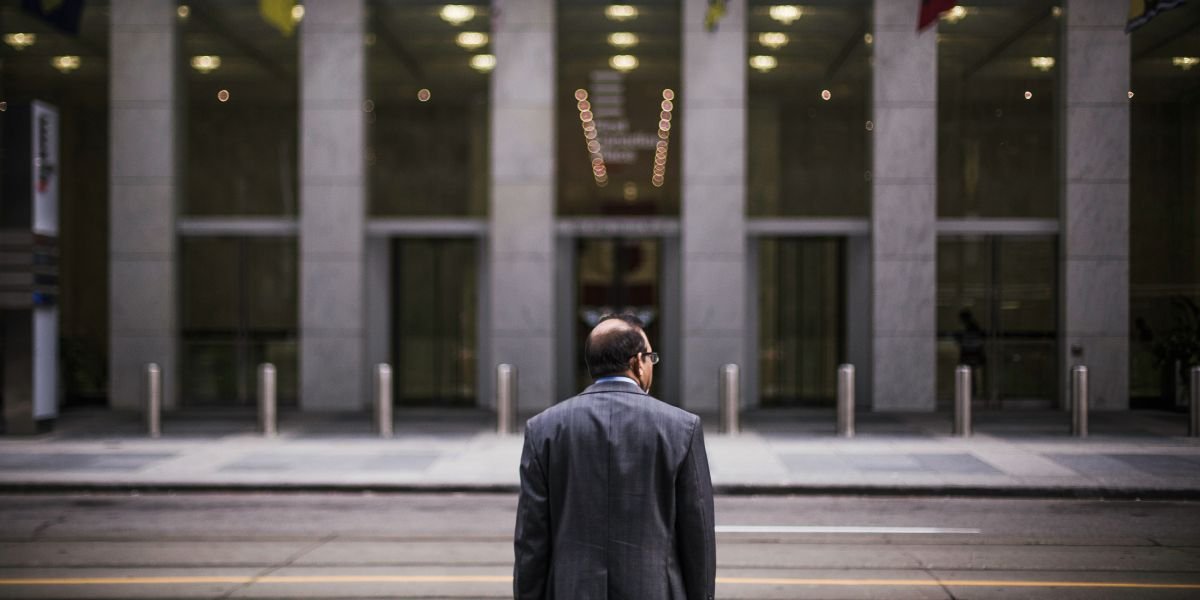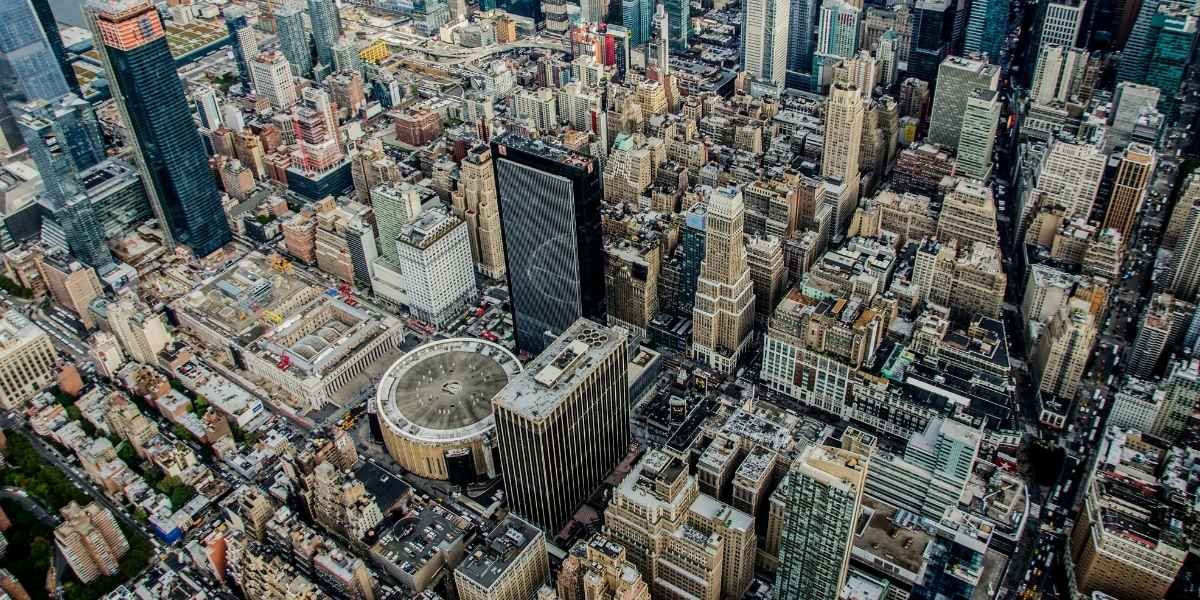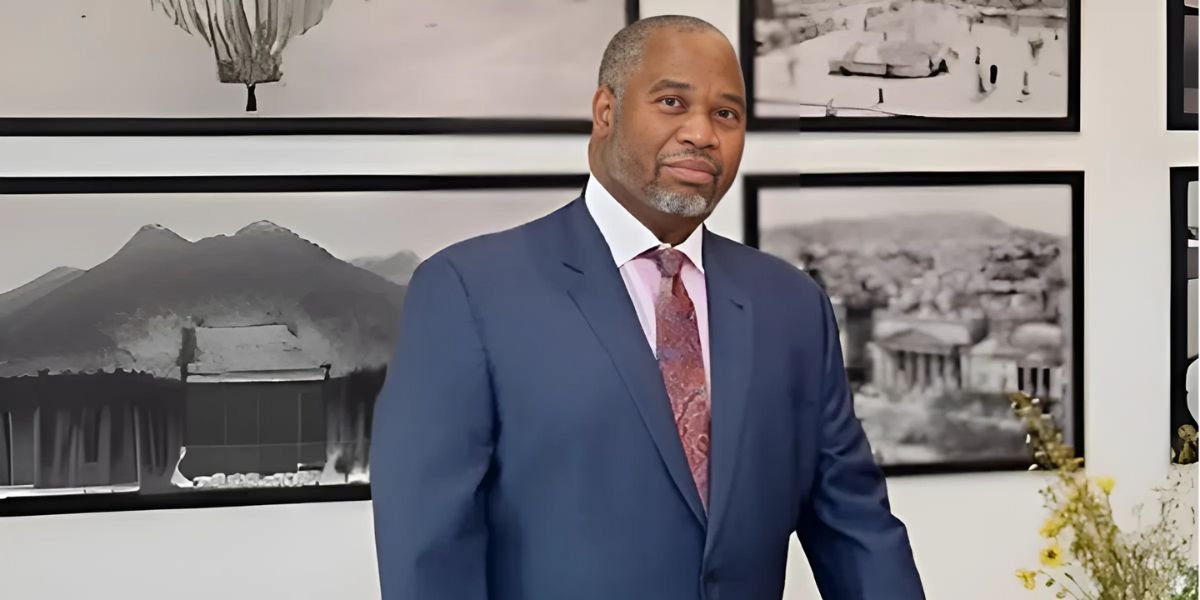The Hero’s Journey, a narrative framework introduced by Joseph Campbell in his book The Hero with a Thousand Faces, is a storytelling archetype that has been used across cultures and throughout history. It’s a structure that forms the backbone of many of the most beloved films in cinematic history, from Star Wars to The Lord of the Rings. This journey explores themes of personal transformation, overcoming adversity, and ultimately returning home with newfound wisdom. In this article, we’ll break down the Hero’s Journey and how it shapes films, making them universally appealing and emotionally resonant.
What is the Hero’s Journey?
The Hero’s Journey, also called the Monomyth, consists of a series of stages that a protagonist undergoes throughout a story. These stages symbolize personal growth, challenges, and the triumph of good over evil. The model is broadly applicable, appearing in myths, legends, and modern films alike. According to Campbell, this structure taps into fundamental human experiences that resonate deeply with audiences. It can be divided into three main sections: Departure, Initiation, and Return. Let’s take a deeper look at these stages and see how they play out in films.
The Departure: The Call to Adventure
The Hero’s Journey begins with the Departure, where the protagonist is called to step out of their ordinary world. This is the moment when the hero is faced with an opportunity or a challenge that forces them to leave their comfortable life behind. In many films, this occurs when an external threat or a personal crisis shakes up the status quo, making it impossible for the hero to ignore the call any longer.
The Call to Adventure
The Call to Adventure is a pivotal moment in any hero story. The protagonist receives a summons that propels them toward a greater purpose. For example, in The Lord of the Rings, Frodo Baggins is called to leave the peaceful Shire to destroy the One Ring. Similarly, in The Matrix, Neo is beckoned into the world of the Matrix, where he must fight to understand his place in a new, dangerous reality.
Refusal of the Call
While the Call to Adventure is compelling, the hero may initially refuse. This reluctance reflects the fear and uncertainty that comes with change. In Star Wars: A New Hope, Luke Skywalker hesitates to leave his uncle’s farm, preferring the safety of his mundane life. This refusal represents an internal conflict: the desire to stay in the comfort zone versus the call to something greater.
Meeting the Mentor
In many stories, the hero encounters a mentor who provides guidance, encouragement, and wisdom for the journey ahead. This mentor may provide tools, knowledge, or advice that will be vital for overcoming challenges. Obi-Wan Kenobi serves as Luke Skywalker’s mentor in Star Wars, imparting the wisdom of the Force and preparing Luke for the path ahead.
The Initiation: Tests, Allies, and Enemies
Once the hero has accepted the call, they move into the Initiation phase, where the real trials and tribulations begin. This section is often the longest and most action-packed part of the story, filled with obstacles, conflicts, and character development.
Crossing the Threshold
This is the point where the hero officially leaves the familiar world behind and enters the unknown. In The Lion King, Simba crosses into the jungle after fleeing his home, symbolizing his transition into a new, unfamiliar reality. Here, the hero often encounters dangers, creatures, or enemies that make the stakes of the journey feel more real.
Tests, Allies, and Enemies
During the Initiation phase, the hero faces a series of tests and trials that challenge their skills, abilities, and moral compass. Along the way, the hero will meet allies who provide support and enemies who seek to thwart their progress. In Harry Potter and the Sorcerer’s Stone, Harry is tested with challenges like the three-headed dog, his rivalry with Draco Malfoy, and his need to solve the puzzle of the Sorcerer’s Stone. These challenges not only test Harry’s intelligence and bravery but also his loyalty and friendships.
Approach to the Inmost Cave
The hero’s journey builds toward a critical confrontation with their greatest fear, internal conflict, or adversary. This is often called the “Inmost Cave” and marks the climax of the Initiation. For Simba in The Lion King, the Inmost Cave represents his return to Pride Rock to confront his past and reclaim his place as king. The stakes are high, and the protagonist must face their deepest fears.
The Return: Transformation and Mastery
The final part of the Hero’s Journey, Return, marks the hero’s journey back home, but with a major transformation. In this phase, the protagonist has learned valuable lessons, gained new insights, and is now ready to share what they’ve learned with their community or the world at large.
The Resurrection
The Resurrection is the moment when the hero faces a final trial that tests everything they have learned. It often involves a moment of personal sacrifice or intense struggle. In The Matrix, Neo undergoes a metaphorical resurrection when he fully embraces his powers as “The One” and saves humanity from the machines. This is a crucial part of the journey, where the hero shows they have truly transformed and can apply the wisdom they’ve gained.
Return with the Elixir
The Elixir symbolizes the knowledge, wisdom, or boon that the hero brings back to the ordinary world. The hero’s return is often marked by the sharing of this newfound wisdom or treasure, which has the potential to heal, transform, or benefit others. In The Wizard of Oz, Dorothy returns to Kansas with the realization that “there’s no place like home.” The elixir she brings is emotional understanding and inner peace, rather than a physical object.
The Hero’s Journey in Modern Film
The Hero’s Journey is not just a relic of mythological stories; it’s a framework that continues to shape modern storytelling in films. Many blockbuster films today follow this timeless structure, which resonates deeply with audiences because it taps into universal human experiences of growth, challenge, and redemption.
Examples of the Hero’s Journey in Modern Cinema
- The Matrix: Neo’s journey mirrors the Hero’s Journey template, from his initial skepticism (Refusal of the Call) to his final acceptance as “The One” (Return with the Elixir).
- The Lion King: Simba’s journey from young cub to king follows the stages of Departure, Initiation, and Return, making it a classic example of the Monomyth in animation.
- The Hunger Games: Katniss Everdeen’s journey is filled with trials, loss, and self-discovery, culminating in her return as a symbol of hope and resistance for her world.
Why the Hero’s Journey Works
The reason the Hero’s Journey resonates with audiences is that it taps into deep psychological and emotional archetypes. These universal patterns of human experience — leaving home, facing trials, growing into a stronger version of oneself, and returning to share wisdom — reflect our own struggles and aspirations. The Hero’s Journey offers hope, showing that even the most ordinary person can become extraordinary through perseverance and growth.
In conclusion, the Hero’s Journey continues to be a foundational narrative structure in films, connecting audiences with stories that transcend time and place. Whether in mythology or modern cinema, the journey of transformation, triumph, and return remains one of the most powerful ways to tell a story. By following this archetype, filmmakers can create emotionally resonant and universally appealing narratives that speak to the heart of what it means to be human.








